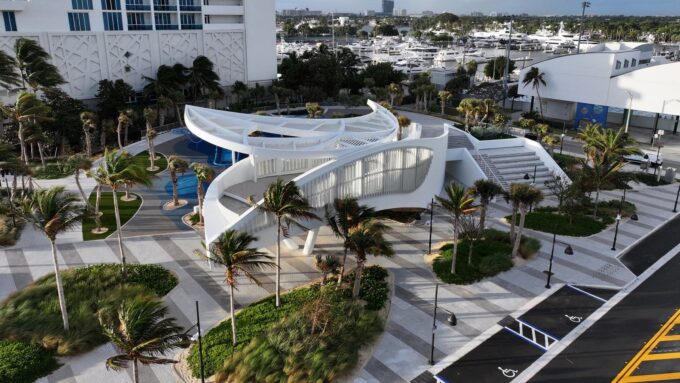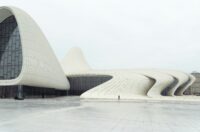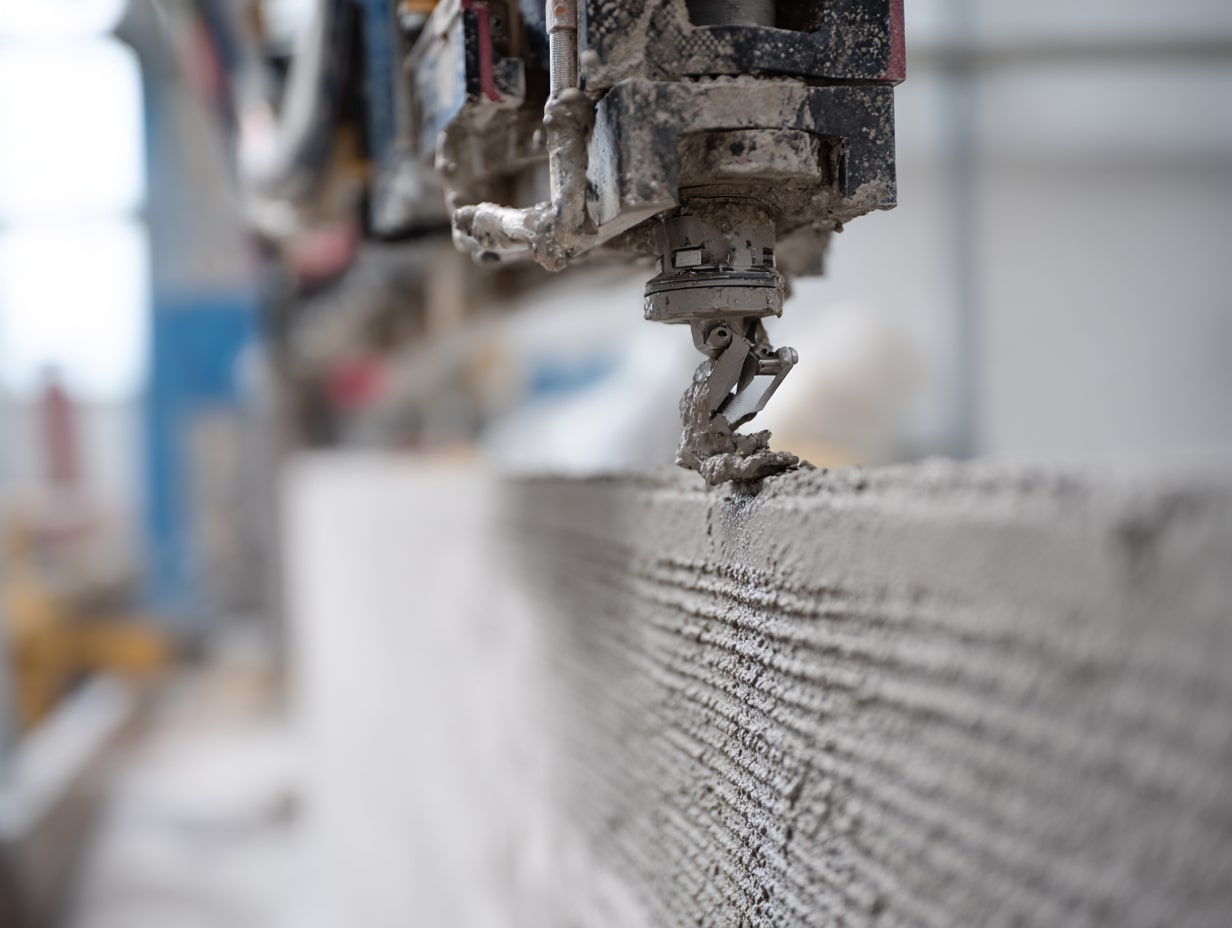- Home
- Articles
- Architectural Portfolio
- Architectral Presentation
- Inspirational Stories
- Architecture News
- Visualization
- BIM Industry
- Facade Design
- Parametric Design
- Career
- Landscape Architecture
- Construction
- Artificial Intelligence
- Sketching
- Design Softwares
- Diagrams
- Writing
- Architectural Tips
- Sustainability
- Courses
- Concept
- Technology
- History & Heritage
- Future of Architecture
- Guides & How-To
- Art & Culture
- Projects
- Interior Design
- Competitions
- Jobs
- Store
- Tools
- More
- Home
- Articles
- Architectural Portfolio
- Architectral Presentation
- Inspirational Stories
- Architecture News
- Visualization
- BIM Industry
- Facade Design
- Parametric Design
- Career
- Landscape Architecture
- Construction
- Artificial Intelligence
- Sketching
- Design Softwares
- Diagrams
- Writing
- Architectural Tips
- Sustainability
- Courses
- Concept
- Technology
- History & Heritage
- Future of Architecture
- Guides & How-To
- Art & Culture
- Projects
- Interior Design
- Competitions
- Jobs
- Store
- Tools
- More
Overcoming Challenges in Designing for the Future: Strategies for Innovative Success
Explore the complexities of designing for the future in this insightful article that delves into the essential challenges and opportunities in contemporary design. From anticipating user needs and embracing cutting-edge technology to prioritizing sustainability, discover how balance is key in creating future-ready solutions.

As we navigate the ever-evolving landscape of design, we face unique challenges that push our creativity and innovation to new heights. Designing for the future isn’t just about aesthetics; it’s about anticipating needs, embracing technology, and considering sustainability. These factors intertwine, making our task both exhilarating and daunting.
We must grapple with rapid advancements in technology that can change overnight, reshaping user expectations and experiences. Additionally, the pressing need for sustainable solutions adds another layer of complexity to our designs. Balancing these elements while staying true to our vision requires not only skill but also a deep understanding of the world around us. Join us as we explore the obstacles and opportunities that lie ahead in the quest for future-ready design.

Table of Contents
ToggleUnderstanding Designing for the Future
Designing for the future encompasses a multifaceted approach that integrates various elements to create solutions for tomorrow’s challenges. We focus on understanding user needs, which shift continuously as technology and societal norms evolve. Anticipating these needs requires in-depth research and market analysis.

We embrace technological advancements that shape our design process. Emerging technologies such as artificial intelligence, virtual reality, and sustainable materials offer innovative ways to enhance user experience. These advancements necessitate ongoing learning and adaptation to incorporate new tools and methods effectively.
Sustainability stands as a core principle in our design strategies. We consider environmental impact, sourcing practices, and longevity in design. Prioritizing eco-friendly materials and reducing waste enhance function and align with users’ growing demand for sustainable solutions.
Balancing aesthetics and functionality presents a consistent challenge. We navigate this complexity by creating designs that are both visually appealing and practical. Striking this balance involves careful consideration of the user journey and ensuring that every design element serves a purpose.
Collaboration plays a crucial role in our process. Engaging with diverse stakeholders such as engineers, marketers, and end-users fosters a broader perspective. This collaborative approach ensures that our designs meet practical needs while maintaining a vision for future growth and innovation.
Ultimately, understanding designing for the future necessitates a proactive mindset, integrating user insights, technology, sustainability, aesthetic considerations, and collaborative efforts into our design framework.
Key Challenges in Designing for the Future
We face multiple challenges when designing for the future, including navigating technological advancements, ensuring environmental sustainability, and maintaining a user-centric approach. Each of these factors significantly impacts our design processes.

Technological Advancements
Technological advancements pose distinct challenges for us as designers. We must integrate emerging technologies such as artificial intelligence, machine learning, and augmented reality into our designs. This integration requires continual learning, adaptability, and investment in new skills. Moreover, we encounter the difficulty of keeping up with rapid changes in technology, which can lead to outdated designs if not addressed promptly. Understanding how users interact with these technologies is crucial; we need to anticipate how they will influence design choices in innovative and practical ways.
Environmental Sustainability
Environmental sustainability presents additional hurdles in our design practices. We strive to utilize eco-friendly materials, minimize waste, and consider the lifecycle of our products. Balancing aesthetic values with sustainability can complicate our decision-making. Moreover, we often face budget constraints that affect our ability to source sustainable materials. To overcome these challenges, we engage with suppliers committed to sustainability and prioritize transparency in our supply chain.
User-Centric Design
User-centric design is fundamental, yet challenging. We must remain attuned to changing user needs shaped by societal trends and cultural shifts. Conducting in-depth research and gathering user feedback becomes imperative for informing our design decisions. However, aligning diverse user perspectives with practical design solutions can be complex. Collaborating with multidisciplinary teams helps us gather a wide range of insights, ensuring that our designs resonate with users and fulfill their needs effectively.
Case Studies
We examine several case studies that highlight successful innovations and valuable lessons learned in the realm of designing for the future.

Successful Innovations
- Tesla’s Electric Vehicles
Tesla revolutionized the automotive industry by integrating cutting-edge technology with sustainable practices. Their electric vehicles incorporate advanced features, such as autopilot capabilities and energy-efficient design. The focus on user experience and environmental sustainability serves as a benchmark for future automotive designs.
- Apple’s Product Ecosystem
Apple exemplifies how seamless integration of hardware and software can enhance user experience. Their product ecosystem, including devices like the iPhone and Apple Watch, prioritizes functionality and aesthetic appeal. Continued innovation in user interface design addresses evolving user needs and sets a standard for tech companies.
- IKEA’s Sustainable Practices
IKEA has committed to using renewable and recycled materials in its products, emphasizing sustainability in design. Their sustainable sourcing and flat-pack solutions minimize environmental impact while maximizing user convenience. The company demonstrates that profitability and eco-friendliness can coexist through thoughtful design.
Lessons Learned
- Embrace Change
Companies that adapt to technological advancements thrive. The lesson from Tesla emphasizes the importance of pioneering new technologies to stay ahead in the market. Continuous research ensures alignment with user needs and trends.
- Sustainability Matters
Sustainability is no longer optional. The case of IKEA illustrates that integrating eco-friendly practices into design leads to consumer loyalty. Companies prioritizing sustainability attract environmentally conscious customers.
- User-Centric Approach is Key
Successful designs must focus on user experience. Apple’s innovations highlight that understanding user behavior and preferences leads to successful products. Designers should consistently involve users in the design process to ensure solutions meet real-world demands.
- Collaboration Drives Innovation
Collaboration among diverse teams fosters innovative solutions. The cooperative efforts at Tesla demonstrate how engineers and designers can work together to create groundbreaking products. Promoting interdisciplinary collaboration enriches the design process and strengthens outcomes.
Strategies for Overcoming Challenges
Overcoming challenges in designing for the future requires strategic approaches that incorporate collaboration and adaptability. We can implement effective strategies to navigate the complexities of our evolving design landscape.

Collaborative Approaches
Collaborative approaches enhance our ability to address design challenges effectively. We engage diverse stakeholders, including users, engineers, and sustainability experts, to ensure a holistic view of design needs. Involving multidisciplinary teams fosters innovation by blending varied perspectives and expertise. Regular workshops and brainstorming sessions can generate new ideas and refine existing concepts. Furthermore, building partnerships with technology firms allows us to integrate emerging technologies seamlessly into our designs. By prioritizing clear communication and shared goals among all stakeholders, we can develop practical solutions that resonate with users and align with sustainability principles.
Embracing Change
Embracing change is crucial for our ongoing success in design. We adopt a proactive mindset towards technological advancements and shifts in user expectations. Continuous learning through workshops, online courses, and industry events keeps us updated on the latest trends and tools. Additionally, we encourage experimentation by prototyping and testing new ideas in a low-risk environment. Gathering user feedback during the design process allows us to pivot quickly based on real-world insights. By accepting change as an opportunity rather than a challenge, we position ourselves to innovate and respond effectively to the dynamic landscape of design.
Conclusion
Designing for the future presents numerous challenges that require careful navigation. We face the task of aligning evolving user needs with technological advancements, all while prioritizing sustainability. The complexity of this balance emphasizes the need for a proactive approach that champions continuous learning, user insights, and collaboration.
We recognize that integrating emerging technologies like machine learning and augmented reality necessitates ongoing education and adaptability. Our commitment to sustainability involves thoughtful sourcing of eco-friendly materials and effective waste reduction strategies, often complicated by budget limitations. By maintaining a user-centric design approach, we strive to gather comprehensive insights through in-depth research and multidimensional collaboration.
Lessons learned from successful case studies, such as Tesla and Apple, guide us in our efforts to embrace change and integrate sustainable practices while creating visually appealing and functional designs. We prioritize fostering innovation by engaging diverse stakeholders and forming strategic partnerships.
By remaining vigilant and adaptable, we’re equipped to tackle the challenges of designing for the future. Our holistic mindset facilitates creativity and ensures that our designs meet real-world demands, allowing us to lead with confidence in an ever-evolving landscape.
- adaptive design strategies
- Architectural Innovation
- architecture for the future
- creative problem solving
- cutting-edge architecture
- design resilience
- design thinking
- eco-conscious innovation
- forward-thinking design
- future design challenges
- Future-proof Architecture
- innovation in construction
- innovative architecture strategies
- overcoming design barriers
- resilient architecture
- smart design approaches
- strategic planning in design
- Sustainable Design Solutions
- sustainable innovation
- technology in design
Submit your architectural projects
Follow these steps for submission your project. Submission FormLatest Posts
3D Printed Homes: Time, Cost, and What to Expect
3D printed homes explained: realistic timelines (24–72h walls, 8–16 weeks total), true...
How a Contact Centre Boosts Trust in Your Building Business
In construction, trust is the glue that holds projects together. Clients need...
How Real Time Parcel Geolocation Is Redefining Last Mile Efficiency for Modern Businesses
Last mile delivery has become the most critical point in the customer...
How Can Small Spaces Stay Stylish and Relaxing?
In today’s fast-paced urban lifestyle, small living spaces are becoming increasingly common....












Leave a comment